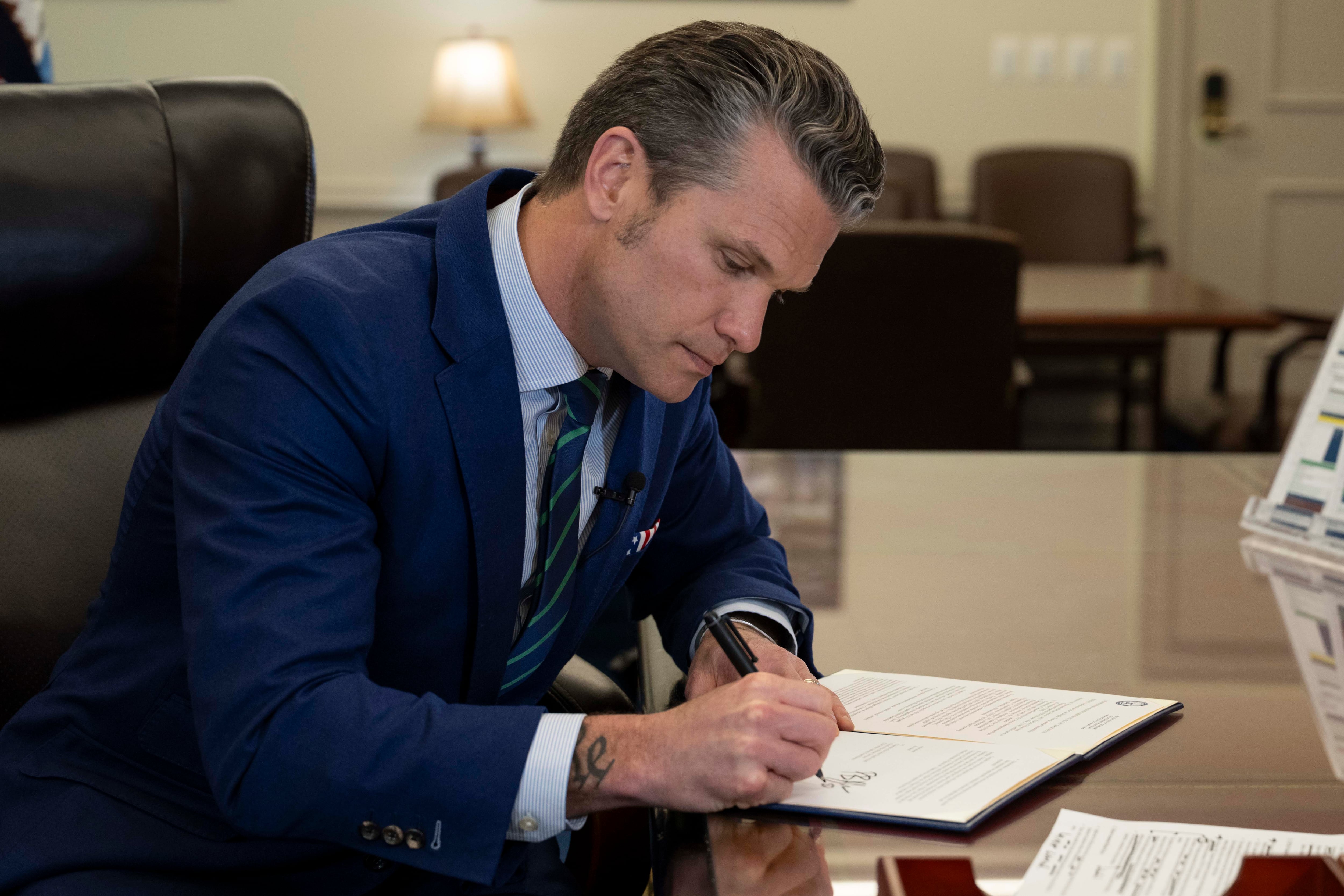***
UPDATE:
Following the original publication of this story, a Marine Corps spokesman said a public affairs who initially said the rotation would deploy with 22 helicopters misspoke.
"Planning for the next phase and and deployment of Marine Rotational Force-Darwin is currently ongoing," said Maj. Christopher Logan, a spokesman for Marine Corps Forces Pacific. "The final decisions on that planning and subsequent announcement of any decisions rests with the Australian government."
***
The next rotation of Marines to deploy to Australia's Northern Territory will include the largest aviation combat element to date, equipped with attack and utility in the first rotation to include attack and utility helicopters.
Members of 1st Battalion, 4th Marines, based at Camp Pendleton, Calif., will make up the next ground combat element in Marine Rotational Force-Darwin, said Capt. Breck Archer, a spokesman for III Marine Expeditionary Force.
They'll be accompanied by aviation Marines and aircraft from Marine Heavy Helicopter Squadrons 462 and and 463, and Marine Light Attack Helicopter Squadron 367. HMH-462 is based in San Diego. HMH-463 and HMLA-367 are based Hawaii.
Details may change, but Archer said III Marine Expeditionary Force said that the current plan calls for MRF-Darwin to be deployed with 22 helos to include:
- Four CH-53E Super Stallions from HMH-462.
- Four CH-53E Super Stallions from HMH-463.
- Eight Marine Marine Heavy Helicopter Squadrons 462 and AH-1W SuperCobras from HMLA-367.
- Six UH-1Y Venoms from HMLA- Marine Light Attack Helicopter Squadron 367. There will be 22 helicopters in all.
This is the first time Marines will deploy to Darwin with are headed to Darwin, Australia, and they'll be joined by AH-1W Super Cobras and UH-1Y Venom in the first rotation to include attack and utility helicopters. They'll also have four more Besides the Super Cobras and Venoms, Marines will have eight CH-53E Super Stallion heavy lift helicopters, four more than the last rotation.
The additional aircraft bring a new level of complexity and capability to the deployment as Marines will be able to provide air support beyond the CH-53E's heavy lift mission.
MRF-Darwin is a deployment to Australia's Northwest Territory that begins in early spring and ends in early- to mid-fall. Now in its fourth year, the scope of the deployment has gradually increased as the Defense Department works toward the goal of sending 2,500 Marines to the country annually. It's unclear how many Marines are a part of the upcoming deployment, but last year rotation involved about round 1,200 personnel and was the first to include an air combat element.
Last year, Lt. Col. Keven Matthews lead 1st Battalion, 5th Marines through their rotation to Darwin. They made inroads with the locals there in Darwin and developed a good personal and professional relationship with the Australian army. But their biggest accomplishment was their ability to set the stagte for larger rotations, he said.
" I think we set the conditions for future growth," he said. "I think we left everybody in Australia with a really favorable impression of the Marine Corps."
While the Super Cobra and Venom helos will be a new addition to the rotation, but it's not the first time Marines will train with attack helicopters in Australia. Last year they worked with the Australian army's new armed reconnaissance helicopter, the Tiger. The army was still developing their doctrine for the aircraft, and the Marines assisted them in determining how to make best use of the helicopter, Maj. Nathan Fleischaker, the operations officer for MRF-D, said





